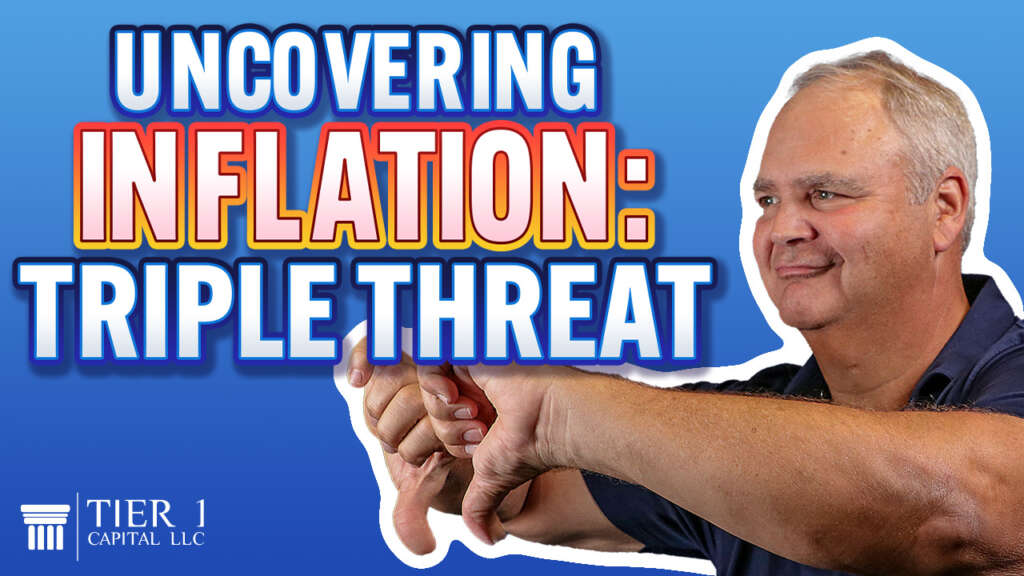
We all know that inflation is running wild these days, but do you realize that there are actually three types of inflation we’re trying to combat at once?
The first and most obvious type of inflation is the one we see every day, price inflation. It’s the cost of goods and services and their price increases. We see this every time we go to the grocery store, every time we go out for dinner, every time we fill up our gas tank. We don’t need some government agency to tell us that inflation is up, although they’re telling us it’s down.
The Federal Reserve has two tools in its toolbox when it comes to combating inflation. The first is to raise interest rates. And that will hopefully slow down the economy and the effects of inflation. The second is to buy back bonds. This takes money out of circulation and tries to squeeze the money supply within the economy.
Here’s a good question. Who caused the inflation? Wasn’t it the Fed? Didn’t they print more money? Isn’t that sort of like the fox guarding the henhouse? I don’t know. Maybe I’m just cynical.
Now, to add on the second layer of inflation, it’s called wage inflation. Workers everywhere who are feeling the effects of price inflation are striking or lobbying for more wages. Why? Because they’re falling behind.
Recently the UPS workers had a strike and their union got them from a $135,000 contract to a $150,000 contract. However, most employees don’t have the pull of a union to increase their wages. So the question becomes, how do you keep up with these increasing prices when your salary or your income isn’t also increasing?
But here’s the issue. As these workers receive higher wages, that causes more price inflation. Because those wages increase the cost of the goods and services that the consumer is buying. The consumer always bears the brunt of all of these decisions.
The third type of inflation is something called lifestyle inflation. And this comes from the combination of the prices inflating and the wages not increasing. And what happens is, that because consumers aren’t necessarily slowing down their spending, they’re forced to put their charges on credit cards. And what that adds is an extra layer of cost, because credit cards have an interest rate being charged.
Basically, what’s happening is prices are increasing at a rate that’s faster than the wage increase. And consequently, what happens is people don’t know this or realize this. As they’re making their purchases, they’re realizing they don’t have enough money and if they want to make that purchase, they have to use their credit cards.
In December of 2022, the credit card debt across America was $916 billion. At the end of July 2023, it stands at over $1 trillion. People are charging on their credit cards now more than ever. And, compounding the increase in balances, is an increase in interest rates and a slower payback period. So what’s happening is people are charging more, getting less, and paying it over a longer period of time because the interest rate is eating into their cash flow.
The question becomes, how does this transition into not only the current lifestyle of people but also into their future lifestyle and their ability to save for their major milestones and eventually for retirement?
In the second quarter of 2023, more people opted out of their retirement accounts than ever before. This makes it clear that people aren’t saving as much for the future. But whether you’re ready or not, these milestones are going to creep up on you.
If you’d like to get started saving for your future, putting yourself, your business, and your family in control of your cash flow and your assets, be sure to check out our free web course, the Four Steps of Financial Freedom that explains exactly how we take our clients through this process.
And remember, it’s not how much money you make. It’s how much money you keep that really matters.
